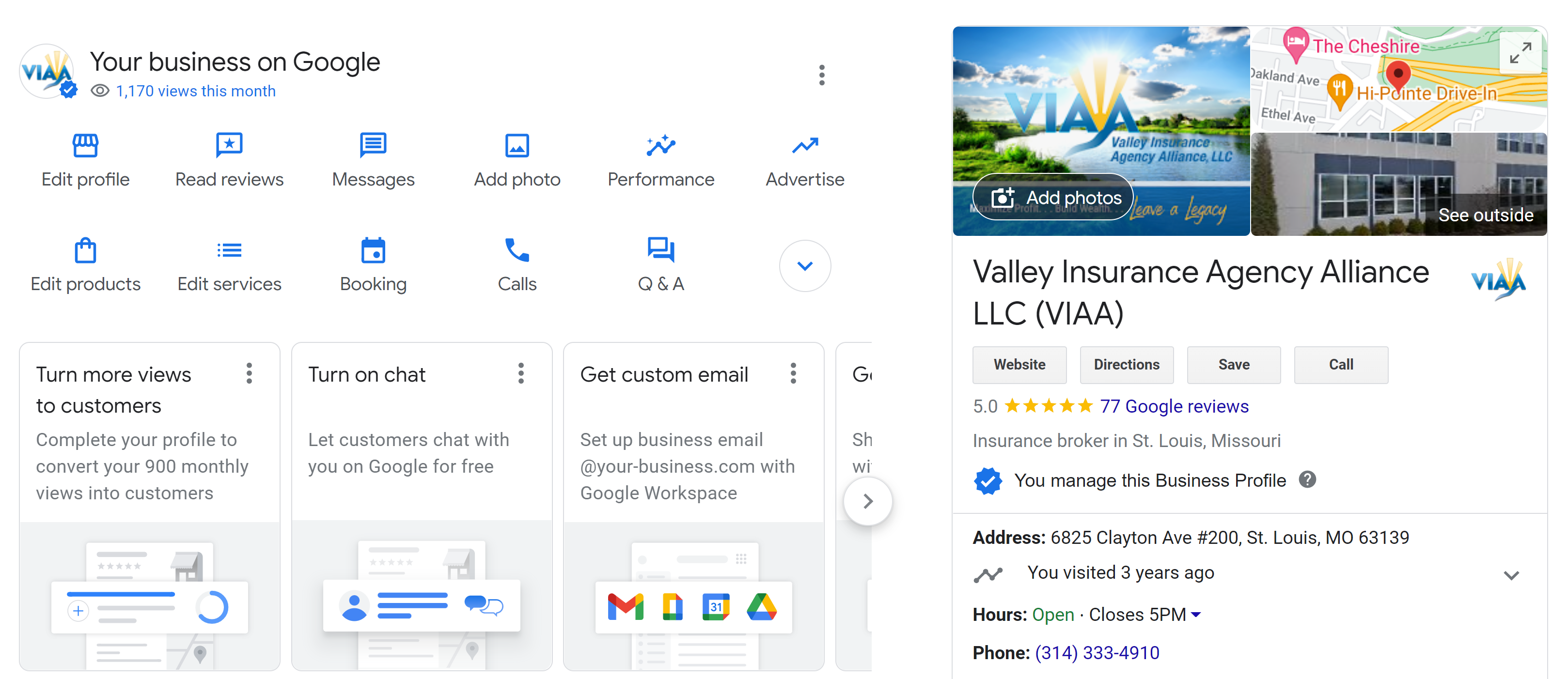By Tom Barrett, CIC, AAI
February 25, 2014
The trends that began in 2013, with carriers tightening appointment criteria, looking at profitability first and foremost, requiring us to sell multiple lines of coverage (e.g., auto with home), and reductions in commission continue into the second quarter of 2014. The pressure on the independent agent, as outlined in the McKinsey Report in 2013, is but one of the many indicators. Even though some refuse to admit it, insurance distribution is rapidly changing.
There are two main reasons for this:
- The quiet movement on the part of some carriers to create a direct sales force (without you, the agent) to write small business, as they have done in personal lines. The commoditization of small commercial lines will look much like the personal lines direct marketing we see today.
- The fact that companies like ours are putting aggressive agencies in communities. Their employees are well trained, understand value-added services, and are willing to do what it takes to expand market share. In our case that equates to 5,000 locations and $5 billion in written premium with a growth rate of more than 430 new locations a year and $700 million in new written premium into the independent agency channel.
Increasingly vital in this changing marketplace is what we refer to as the ability to justify your position and add extra value as the agent. There is a magnified void in many agents’ ability to validate this value. We refer to it as the “value gap.”
Click on the following pages to learn the seven primary points you can research and prepare for creating “your value to your customer.”
- Looking back to look forward: Your future is directly related to the preparation and planning you have done over past years. We can examine prior years’ results and accurately forecast your performance. Analyzing your number of suspects, conversion ratio to prospects, and qualifying ratio into the sales funnel, along with your close ratio, tells us a lot about your future. We also want to look at the number of lines of coverage per household and the average revenue per account. Your future prospects may need to look a bit different than those you have settled for in the past.
- Your specific value added over the past 12 months to your clients: Simply “being there” is not enough. You should have a formal plan for selling more coverages to your “part-time policy holders,” have a formal service and relationship management plan for the clients you are serious about keeping, develop expertise in specific industries or socioeconomic circles, and drill down with questions to identify areas you may have missed. The risk mitigation discussion will help your clients realize that insurance is only one way to mitigate risk, and that you can counsel them on the other areas. Developing alliances with others that can bring the other elements of the “risk management package” (attorney, CPA, investment strategist, mortgage broker, benefits consultant, human resource person, safety program, personal risk assessment) brings the professional expertise to make one a professional rather than a mere vendor of insurance.
- Quality pipeline management: Have a defined description of what the personal or commercial prospect should look like to you. One could say, for instance:
- A married couple that owns a home with two cars, both employed with children or sizeable disposable income;
- A house value of $250,000 or above that has financial responsibility and maturity and the need for life insurance with targeted revenue for all lines of $2,000 per household;
- A small business owner with three employees, three vehicles, a payroll of $200,000 or more and sales of $500,000.
The producer is responsible for putting the correct profile together and targeting efforts there, not simply to take orders of whatever “calls in or falls in.”
4. This new marketplace:
- Commoditization of small commercial lines: Realize there is a storm of competition coming your way in commercial lines. There will be more choices and more convenience than ever. This turns the marketplace into a price-driven decision. We must clearly communicate why our advice, business acumen, and expertise is needed to keep the buyer out of harm’s way. If you don’t have this skill, your days are numbered.
- Distribution alternatives: It’s as easy to get multiple quick insurance comparatives as it is to get a quick cup of coffee. In the old days we operated under the strategy of, “If we build it they will come.” We had to be on Main Street in high visibility areas with great signage. Today your customers can buy over the web and may not ever see your building. Get electronically visible today and get active; we have so many choices.
- Use the following techniques: online, direct, independent agents, kiosks, retail, snail mail, and the large box stores (i.e., Walmart, Target). Why? Technology changed buying habits, but insurance hasn’t kept up with the changing market and maintained rapid metamorphosis by continually communicating our value. As a distribution channel we have not done our job of creating value and a planned relationship.
5. Your value system vs. your customers: We need to profile our clients and understand their value systems, their issues and concerns, and make sure our agency has a clearly communicated set of solutions. When we don’t accomplish this, the buyer seeks alternatives focused on price, not total value.
6. The wave of better competitors: We must compete against the enthusiastic, hungry, well-trained, educated, and technology-savvy coming into our business with the training, a system, and discipline with a personal drive to do/be more than the generation before them. This is creating great frustration with independent agencies that currently are capturing only about 30% of their revenue opportunities. It’s our fault; we left the door open.
7. Understanding the components of value: Value can be defined differently based on the individual or business, their business acumen, desires, concerns, level of risk they are willing to take, and their long-term objectives. Our responsibility is to clearly understand and have the dialogue to create the customized solution to the picture they paint for us of their world. Value in its simplest form breaks down into:
- Premium: the money we pay for the coverage.
- Cost of pain (value added): The cost of bad service, waiting on a certificate of insurance, an uncovered claim, or coinsurance penalty (which is added to premium for total cost of the insurance).
- Coverage: correct coverage vs. coverage gaps, wrong coverage, excessive coverage. Proper coverage affects cost.
- Service (value added): The value-added services the agency provides for the client in addition to the carrier services. Provide no service and the agency becomes a useless nuisance.
- Relationship (value added): Understanding a specific industry or family situation, having the business acumen to intelligently advise on an ongoing basis, having planned interaction, putting the client in a considerably better place, and having those communications in a predictable fashion builds trust.



